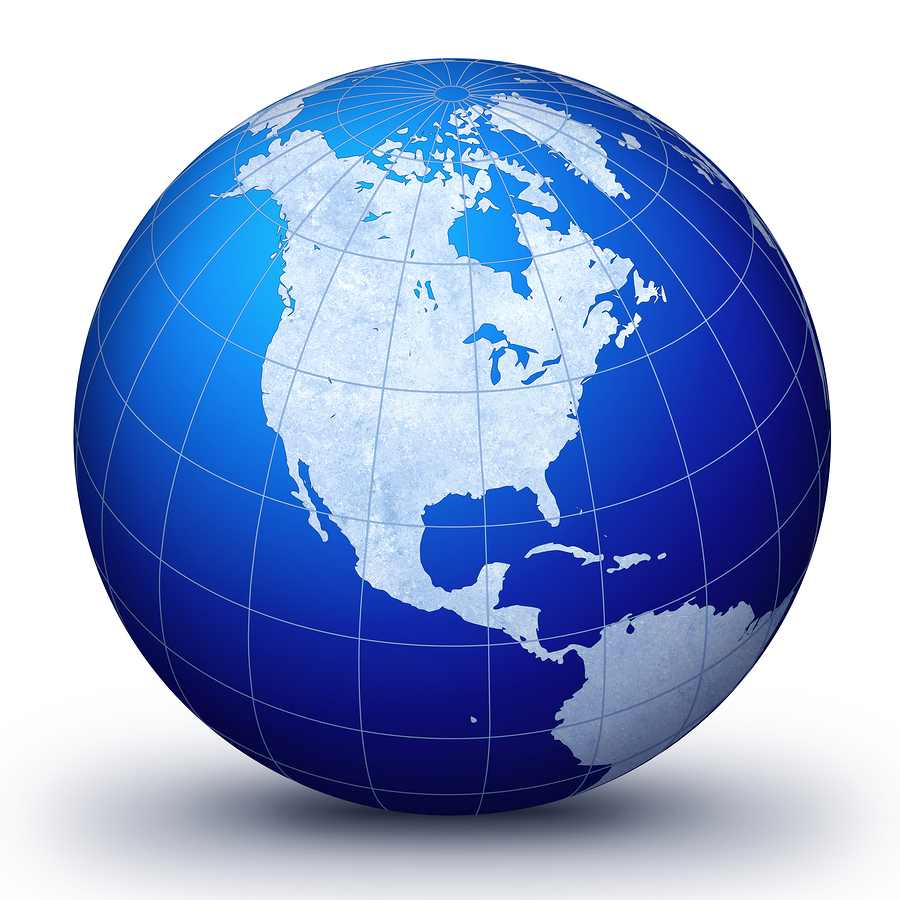Technology changes rapidly and makes the world a smaller place. There are still pockets of this technology ignored that could have a greater impact on daily existence. Nanotechnology is one example of this. It combines technology of several different scientific and engineering fields.

How Nanotechnology Can Change The World Manipulating matter may once have been the subject of science fiction films. Today, it’s a reality far beyond the original concepts of use. Nanotechnology has greater impact in medicine and devices such as semiconductors, solar cells, and microprocessors. Imaging devices also benefit from nanotechnology.
A Great Resource For Used Microscopes Nanotechnology is a great resource for used microscopes and hi-tech probes used as monitoring devices. In used microscopes, nanotechnology greatly increases the ability to view smaller objects and properties in the nano size range. Setting smaller visual range using nanotechnology in used microscopes allows a closer view that can’t be seen with other types of microscopes.
The Smaller World Of Nanotechnology Retrofitting old microscopes using nanotechnology benefits medical schools who can advance their courses of study. Students would be exposed to new concepts in research and development and diagnoses of illnesses formerly considered terminal. The effect of nanotechnology makes it possible for students to rethink combinants and reactives in chemical and dimensions in sizing in mechanical engineering when reduced to molecular and atomic scales.
Used microscopes retrofitted with nanotech imaging could become the vision of future. generations. By making nanotech devices in smaller sizes more available for various uses, bulk is reduced for better manageability. The small world of nanotechnology makes the world smaller and less cumbersome.
Personal And Professional Devices Go Nanotech Many of the devices individuals rely on for daily communication and reproduction of digitized images can benefit from nanotechnology. As an example, printing devices tend to be bulkier. Scaling them down to nanotech sizes would make printing devices more mobile and convenient. Today’s cell phones are another example of how personal and professional devices can benefit from nanotechnology.
By decreasing the sizes of the operating systems in cell phones, it’s possible the current, familiar rectangular size could be restyled to be smaller than the size of a saltine cracker in the future. Microchips become nanochips fairly quickly which would increase the amount of computer memory in memory boards. Research in nanotechnology continues to grow at a rapid pace making the world smaller.


